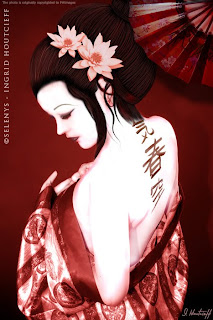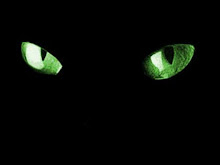After the Beatles band was oficially desintegrated Paul McCartney and his wife Linda went on a lengthy holiday and spent much time on their farm on the Mull of Kintyre Scotland. It was during this period that Paul, often with Linda´s input, composed the songs that would feature on Ram.
Released in 1971, the album was given a mixed critical reception, and Paul was perticularly stung by some of the harsher reviews. Jon Landau in Rolling Stone labeled it "incredibly inconsequential" and "monumentally irrelevant", while Playboy opined, "you keep wondering why he bothers". However, after the passage of several years, critics began favorably revising their earlier opinions. By the 1980s, for instance, Rolling Stone began hailing the album as one of McCartney´s best, and retroactively awarded it four (of five) stars.
If you look on internet for some information about the album , you will find lyrics, the songs in a free downloadable way, but also the history of the disc that talks about a little figth between the Beatles because of some lyrics included on it.
I think you shouldn´t pay attention at the information and just listen the album, because although it was released in 1971, sounds like if it was a nowadays disc, the music and lyrics make an amazing combination that just can be from Paul´s crazy mind.






